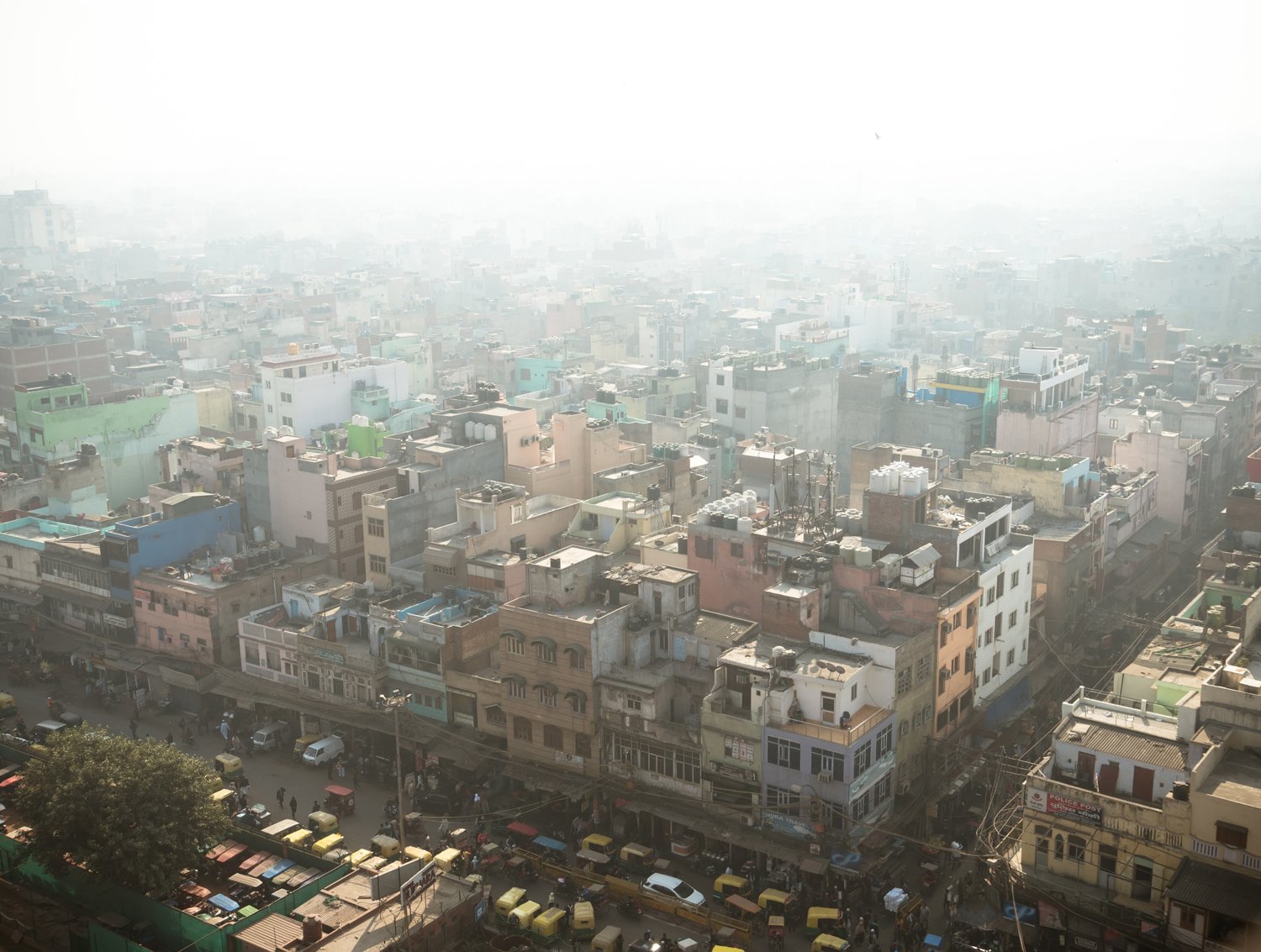India’s high air pollution counts for a large share of deaths

Air pollution could be responsible for 7 out of 100 deaths in India, and mortality is high even at levels well below national limit values. This is according to a new study published in The Lancet Planetary Health by researchers at Karolinska Institutet and others. The researchers point to the need for comprehensive measures and stricter air pollution guidelines in India.
The study covers ten major cities in India, including cities normally considered less polluted such as Mumbai, Bengaluru, Kolkata and Chennai. The researchers analysed exposure to small particles (PM2.5, particles with a diameter less than 2.5 micrometres) and daily mortality rates in each city between 2008 and 2019.
During the study period, a total of 7.2 per cent of all deaths in these cities, around 33,000 per year, were linked to PM2.5 levels exceeding the World Health Organization (WHO) limit value.
Delhi had the highest attributable deaths (11.5 per cent) and Shimla the lowest (3.7 per cent). An increase in PM2.5 levels by 10 μg/m³ over two days was estimated to increase the number of deaths by 1.42 per cent.
Local sources of air pollution
This estimate was instead 3.57 per cent when the researchers used a causal modelling approach that isolates the impact of local sources of air pollution, such as transport and industries.

“Interestingly, we found that local sources of pollution are likely to be more toxic than more distant sources, pointing to the importance of addressing both local and regional air pollution levels,” says Petter Ljungman, senior researcher at the Institute of Environmental Medicine, Karolinska Institutet and one of the study’s main authors. “Our findings have implications for policymakers dealing with this highly relevant threat to human health. Year-round, nationwide action will be required to address the problem.”
The WHO daily limit value of 15 μg/m³ was exceeded on 99.8 per cent of days. In India, the limit value for PM2.5 is significantly higher, at 60 μg/m³.
Even at air pollution levels well below the national limit, mortality from air pollution was estimated to be high.
Rapidly increasing mortality
Mortality risk increased rapidly at lower pollution levels and then levelled off.

“Air pollution in India is extremely high and our study clearly shows how day-to-day variations in pollution levels can be linked to increased mortality,” says Jeroen de Bont, postdoctoral researcher at the Institute of Environmental Medicine, Karolinska Institutet and one of the study’s main authors. “The results show that there is no safe threshold for air pollution but underscore that the limit value in India needs to be reviewed.”
In addition to the cities mentioned above, Ahmedabad, Hyderabad, Pune and Varanasi were included in the analyses.
The study was an international collaboration with researchers from Sweden (Karolinska Institutet), India (Sustainable Futures Collaborative, Ashoka University, Centre for Chronic Disease Control) and the USA (Harvard University, Boston University), and elsewhere, many of whom are members of the CHAIR-India consortium.
The research was funded by Formas, among others, and there are no reported conflicts of interest.
Publication
“Ambient air pollution and daily mortality in ten cities of India: a causal modelling study”, Jeroen de Bont*, Bhargav Krishna* (*shared first), Massimo Stafoggia, Tirthankar Banerjee, Hem Dholakia, Amit Garg, Vijendra Ingole, Suganthi Jaganathan, Itai Kloog, Kevin Lane, Rajesh Kumar Mall, Siddartha Mandal, Amruta Nori-Sarma, Dorairaj Prabhakaran, Ajit Rajiva, Abhiyant Suresh Tiwari, Yaguang Wei, Gregory Wellenius, Joel Schwartz*, Poornima Prabhakaran*, Petter Ljungman* (*shared last), The Lancet Planetary Health, online 4 juli 2024, doi: 10.1016/S2542-5196(24)00114-1.
